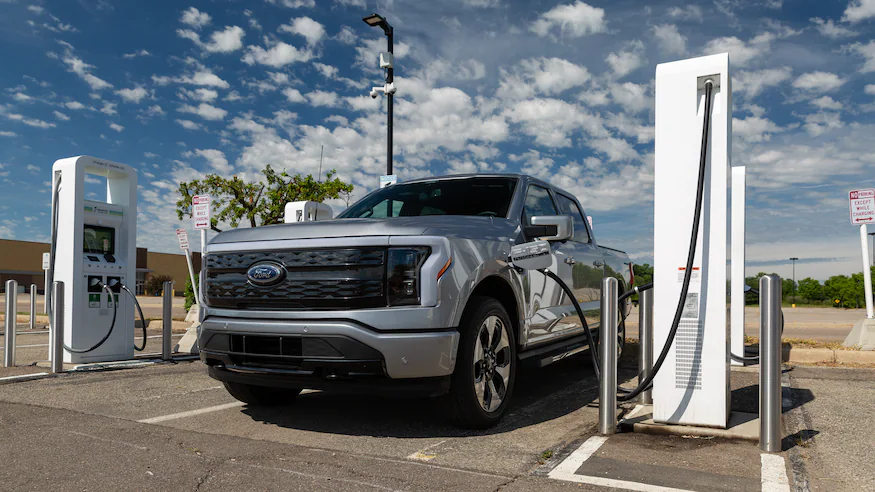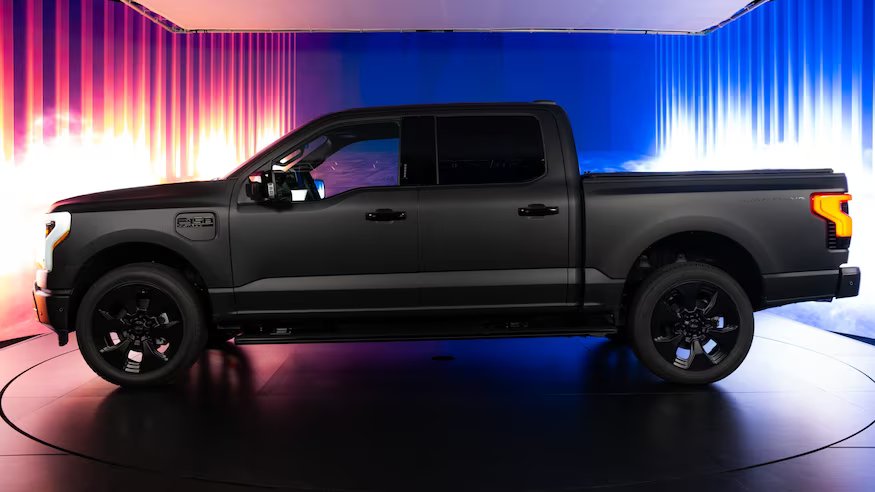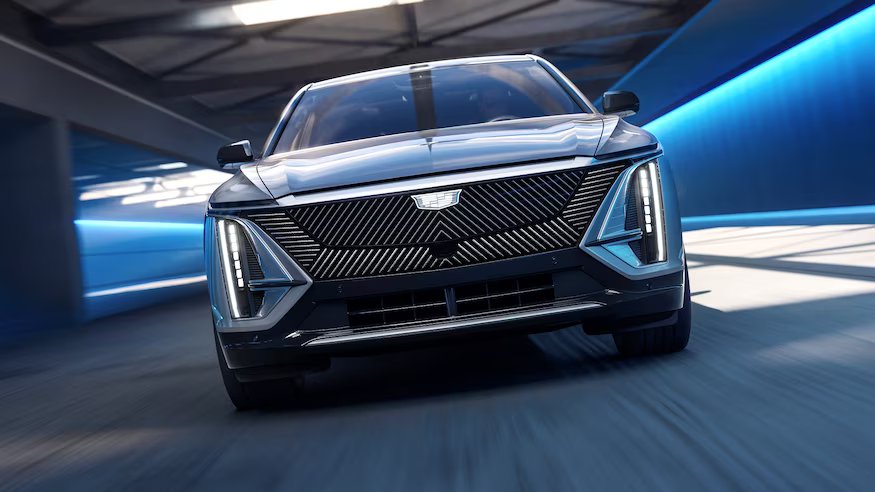Department of Energy Secretary Jennifer Granholm traveled this summer, like many Americans. Her road trip included a trio of EVs: a Cadillac Lyriq, Chevrolet Bolt, and Ford F-150 Lightning.
It was intended to illustrate the Biden Administration’s green energy initiatives over large areas of the South. However, an incident that unexpectedly happened during the journey highlighted one of the significant problems that the nation’s EV charging infrastructure is now dealing with.

NPR, which was traveling with Secretary Granholm, said that the incident had place at an Electrify America station in Grovetown, Georgia, not far from Augusta.
A member of the secretary’s advance team parked a gas-powered car at the station’s lone available charger to claim it for the secretary of energy because two of the station’s four towers were already occupied by charging cars, and one of the towers was broken.
Sadly for the Secretary, a family with a baby on board arrived at the Electrify America station ahead of her, only to discover the station’s lone functioning charger being “ICEd”—a term EV drivers use to describe chargers blocked by internal combustion engine (ICE) vehicles—by an employee of the Energy Department.

Since blocking an EV station is not illegal in Georgia, the family, upset at being ICEd, called the sheriff’s office in their area. However, the damage was already done, and according to NPR, DOE staff “scrambled to smooth over the situation, including sending other vehicles to slower chargers, until both the frustrated family and the secretary had room to charge.”
The two neighboring Level 2 8-kW chargers in town, which charge vehicles at a far slower rate than the 350-kW towers being “saved” for Secretary Granholm, appear to have been the destination for EV drivers, according to the PlugShare maps of the area.
NPR doesn’t say whether Secretary Granholm was aware of her staffer’s actions before she arrived at the Electrify America station, but the episode unintentionally draws attention to a critical weakness in the nation’s non-Tesla EV charging infrastructure for the person most qualified to actually address it.
Americans as a whole are fixated on the very infrequent long-distance road trip, despite the fact that the majority of EVs are charged at home and driven locally every day in urban, suburban, and rural communities—environments in which EVs shine.
Situations like the one seen by the Energy Secretary are alarmingly typical for the growing number of EV drivers. Due to charging problems, g Performance was unduly delayed.
The predicament has gotten so serious that competitor automakers like Ford and GM are now rushing to adopt Tesla’s NACS charging standard, while other rival automakers have united to establish their own charging infrastructure.

Additionally, federal funding might assist in resolving the problems. For as long as the station has at least four plugs capable of outputting 150 kW and is situated no less than a mile off a “National Alternative Fuel Corridor,”
which largely resembles the current Interstate Highway System, the $7.5 billion National Electric Vehicle Infrastructure (NEVI) program that Secretary Granholm was on the road promoting promises to cover up to 80% of a new public charger’s cost.
While the ICEing episode might have only been a minor hiccup on Secretary Granholm’s EV journey, the likelihood is high that similar incidents will continue to occur until the NACS transition and an influx of public and private funding into the sector start to take hold.

